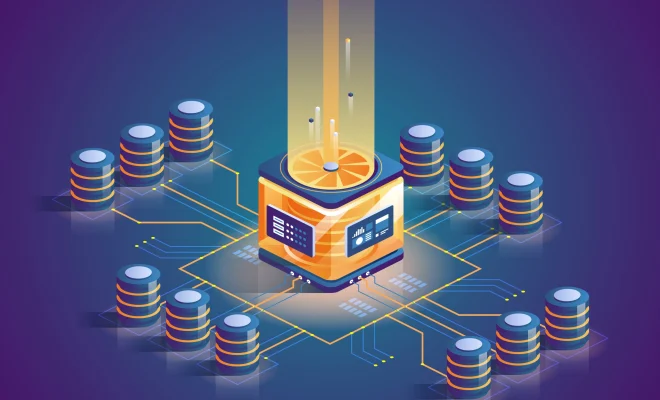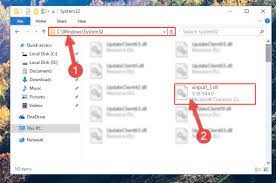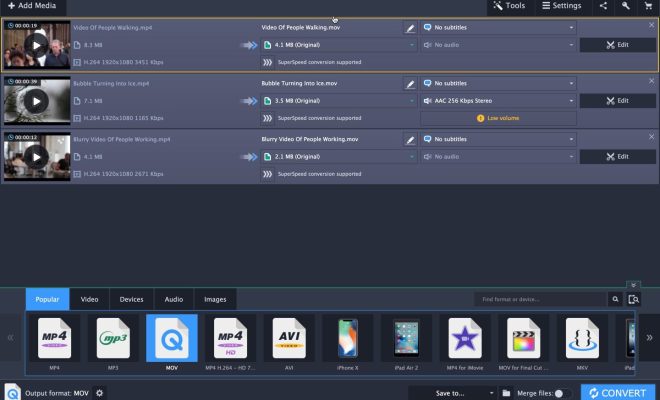What is IT centralization (information technology centralization)

IT centralization refers to the amalgamation of an organization’s information technology (IT) resources, including hardware, software, and networks, into a centralized location typically managed by a central IT team.
With IT centralization, an organization can streamline the IT management process, reduce IT costs, standardize IT processes, and enhance IT security. Additionally, this approach provides the IT team with more control over software licenses, network infrastructure, hardware requirements, and the administration of end-users.
One of the significant benefits of IT centralization is that it allows for extensive control over an organization’s IT environment. By bringing all IT resources together, the central IT team can ensure that the same policies and procedures are followed throughout the organization, which prevents any discrepancies in IT operations. It also permits the central IT team to monitor and manage the overall IT environment more efficiently, reducing the risk of system outages, and increasing the organization’s overall IT security.
Another advantage of IT centralization is cost reduction. With a centralized IT infrastructure in place, an organization can eliminate redundancies, consolidate its hardware requirements and reduce the number of IT staff needed. The organization can also benefit from economies of scale with hardware purchases, software licenses, and support contracts. By centralizing IT resources, an organization can also reduce the overall complexity of its IT infrastructure, reducing the need for expensive IT support professionals.
While IT centralization has numerous benefits, it also comes with its challenges. One of the main challenges with centralization is that it can result in bottlenecks in IT service delivery if the central IT team becomes overwhelmed with support requests. Additionally, it can make it difficult for remote offices to receive the IT support they need, especially if they are located in different regions or countries. Finally, centralization requires a considerable investment in terms of time, resources, and funding to achieve.
In conclusion, IT centralization offers significant benefits to organizations, including streamlined IT management, cost reduction, and enhanced IT security. However, it also comes with its challenges, and organizations must weigh the benefits and drawbacks of centralization carefully before deciding whether to adopt a centralized IT infrastructure. Ultimately, the decision should be based on the organization’s unique needs and requirements, and informed by a thorough cost-benefit analysis.






